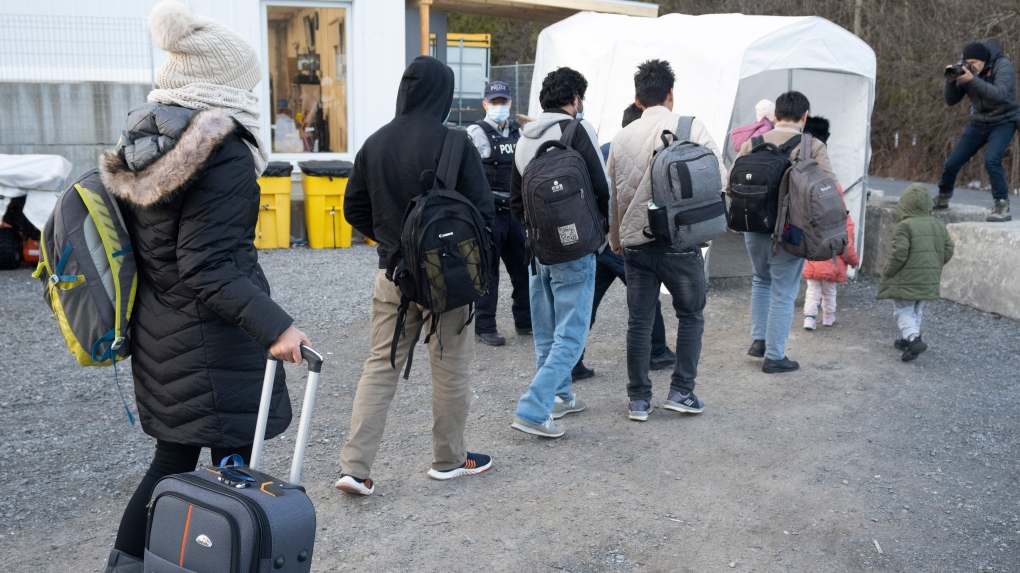
Canada shut its land border to asylum seekers. More refugees came anyway
CTV
A deal Canada struck this year to stem the flow of asylum seekers entering from the U.S. was, at first glance, a quick success: Within days, the number of people caught at unofficial crossings along the border dwindled to a trickle. But five months later, the overall number of people filing refugee claims in Canada has risen instead of falling.
A deal Canada struck this year to stem the flow of asylum seekers entering from the U.S. was, at first glance, a quick success: Within days, the number of people caught at unofficial crossings along the border dwindled to a trickle.
But five months later, the overall number of people filing refugee claims in Canada has risen instead of falling. Many now come by air, while others sneak across the border and hide until they can apply for asylum without fear of being sent back, people working with migrants told Reuters.
The numbers show how hard it is for countries to shut the door on desperate people and the challenge unexpected numbers of asylum seekers can pose: In Toronto, hundreds slept on the streets this summer as they struggled to find beds.
"The basic reality is that closing a border doesn’t do anything to solve the need for protection," said Shauna Labman, an associate professor and acting director of the Human Rights Program at the University of Winnipeg.
"It only increases the desperation."
Canada prides itself on welcoming immigrants and aims to bring in a record half a million new permanent residents in 2025 to deal with an acute labor shortage. But it has sought to discourage those applying for asylum, chiefly through an agreement with the U.S. under which each country turns back asylum seekers.
Still, last year alone, more than 39,000 asylum seekers entered Canada via unofficial crossings - mostly into Quebec via a dirt path off Roxham Road in New York, prompting the province to complain it could not handle the arrivals. Asylum seekers are drawn by Canada's reputation for swifter processing and greater acceptance of asylum applications compared to the U.S.
